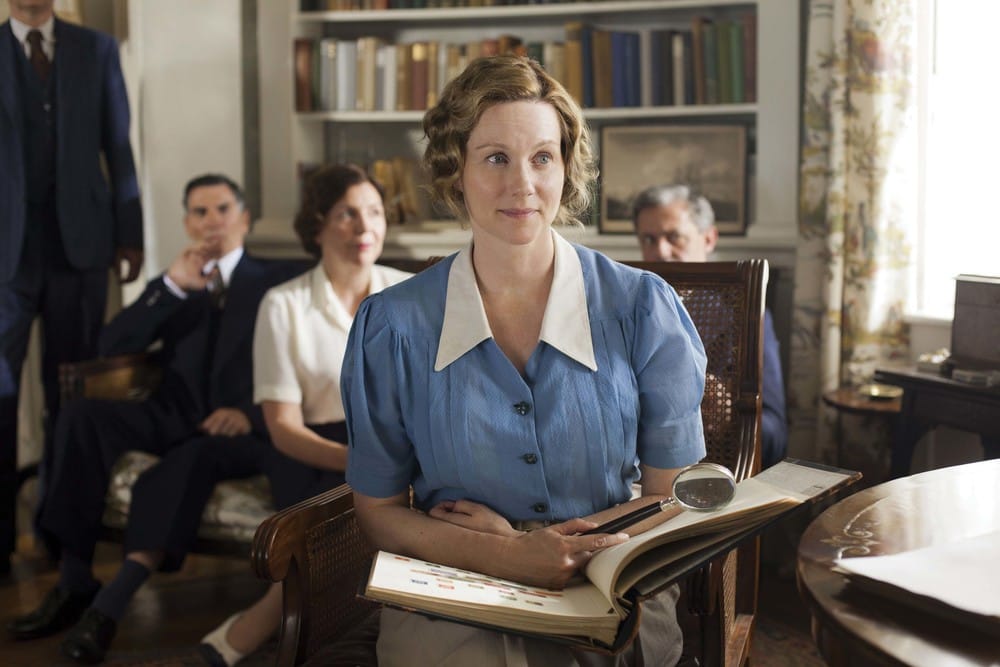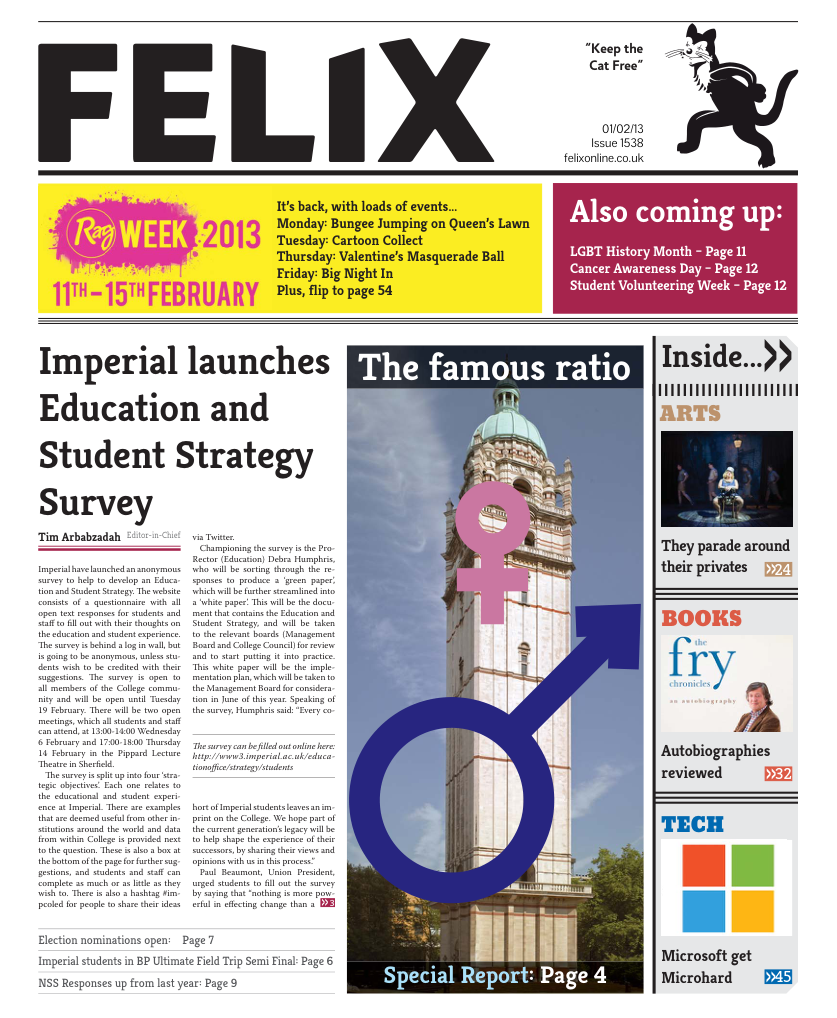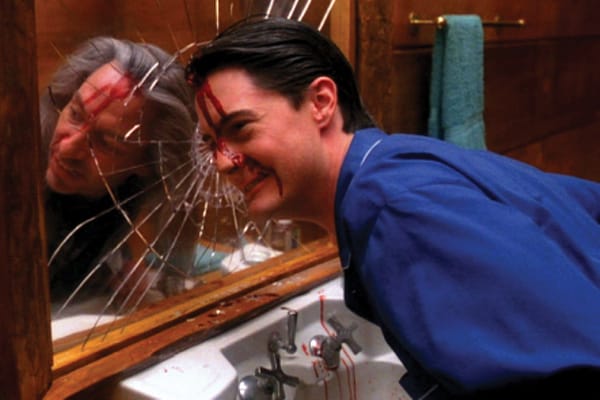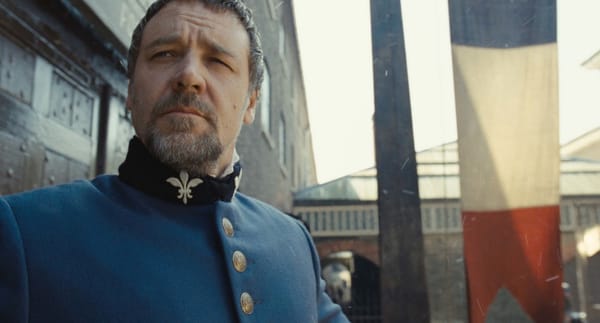FDR gets some
Hyde Park on Hudson

It is sometime in June 1939, at Franklin D Roosevelt’s (Murray) private estate, upstate New York. Europe is on the brink of war, and King George V (West) and Queen Elizabeth (Coleman) are about to become the first British monarchs ever to visit America, in a bid to improve relations and convince America to assist them in a War that was understood to be inevitable. Most of the film takes place during the weekend of the Royal visit; the rest documents FDR’s dalliances with several women other than his wife Eleanor, (including the film’s narrator, Daisy (Linney), his sixth cousin, intimate friend, and later, lover).
At times, the screenplay is too obvious and scripting lacks punch. Linney’s narration can be melodramatic and cliched - in fact, overall her character is not much of a testament to Linney’s skill as an actress. Daisy is plain, and altogether quite dull when compared to the eclectic Eleanor, who in contrast shines as the show-wife; columnist and closet lesbian.
In a film that was always going to be compared with the Academy Award winning ‘The King’s Speech’, West and Coleman had big shoes to fill in playing the monarchs. West plays the struggling George well, portraying a man desperate to step out from underneath his brothers shadow; and be the kind of King he believes the British public deserve. Coleman is entertaining, but no Bonham Carter, and her obsession with the secret meaning behind food-types and occasional outbursts at her likable husband do not endear her.

Murray is the star of the film - playing the invalid President with great timing and a jaunty good temper. In a touching moment shared in Roosevelt’s study, the two men compare ailments: the King with his now infamous stutter, and Roosevelt with his useless Polio crippled legs. Roosevelt bolsters the King’s confidence, revealing that his disability is not seen and ignored, but simply not seen: the American people choose what they want to see in a leader. We see Murray provide a sort of father-figure to the young King in the central scene of the film.
Daisy’s relationship with the President is intended to be an exploration of the intimacies and nuances of friendship, but falls short. When FDR receives what has been described as ‘cinema’s most PG-rated handjob’ (not an exaggeration), his relationship with his distant cousin moves into the icky league; and Linney’s night-time forest running pushes it into the melodramatic. More than this though, is the odd positioning of this not-quite-love story with the serious business of international relations. The relationship between the President and the King was far more interesting, and more time should have been spent developing this relationship.
Part period biopic, part comic, this verges from the funny, to dull, to the distinctly queasy. Fantastic sets, soundtrack and costuming capture Depression America perfectly; and countless panoramic shots of upstate New York make this a visually pretty piece that nonetheless probably has more style than it does substance.








